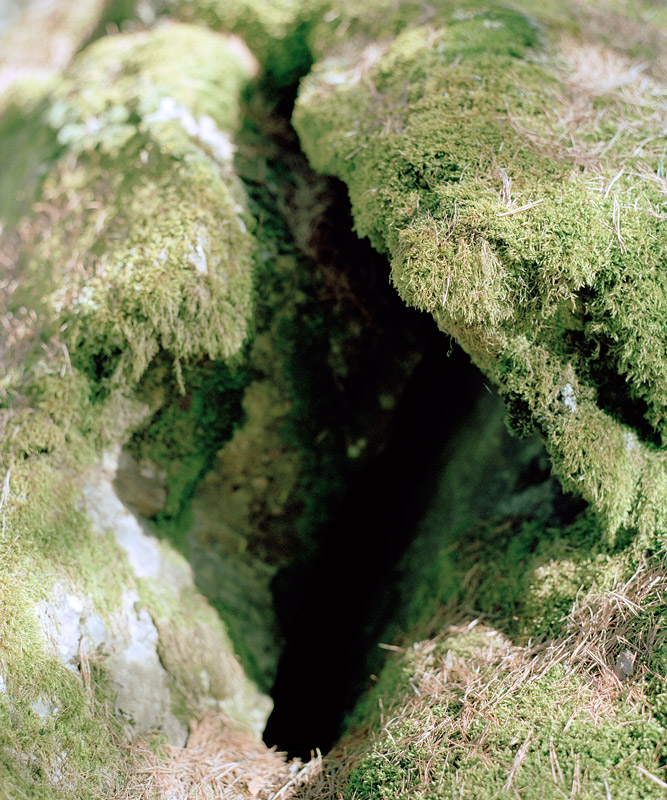 Alessandro Calabrese, from the series Thoreau, 2012-2013, courtesy the artist
Alessandro Calabrese, from the series Thoreau, 2012-2013, courtesy the artist
I went to the woods because I wished to live deliberately, to front only the essential facts of life, and see if I could not learn what it had to teach, and not, when I came to die, discover that I had not lived. I did not wish to live what was not life, living is so dear; nor did I wish to practise resignation, unless it was quite necessary. I wanted to live deep and suck out all the marrow of life, to live so sturdily and Spartan-like as to put to rout all that was not life, to cut a broad swath and shave close, to drive life into a corner, and reduce it to its lowest terms, and, if it proved to be mean, why then to get the whole and genuine meanness of it, and publish its meanness to the world; or if it were sublime, to know it by experience, and be able to give a true account of it in my next excursion.
Henry David Thoreau, Walden; Or, Life in the Woods, 1854
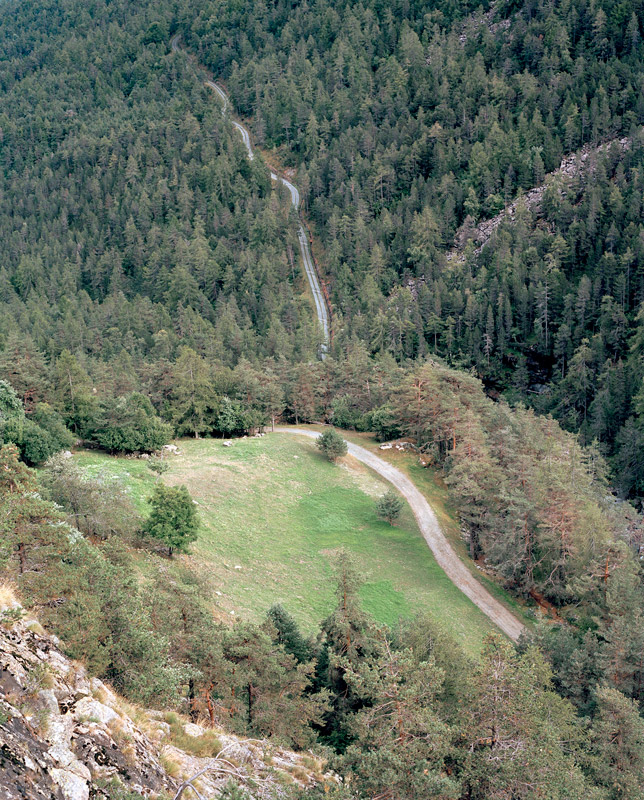 Alessandro Calabrese, from the series Thoreau, 2012-2013, courtesy the artist
Alessandro Calabrese, from the series Thoreau, 2012-2013, courtesy the artist
My instinct tells me that my head is an organ for burrowing, as some creatures use their snout and fore paws, and with it I would mine and burrow my way through these hills. I think that the richest vein is somewhere hereabouts; so by the divining-rod and thin rising vapors I judge; and here I will begin to mine.
Henry David Thoreau, Walden; Or, Life in the Woods, 1854
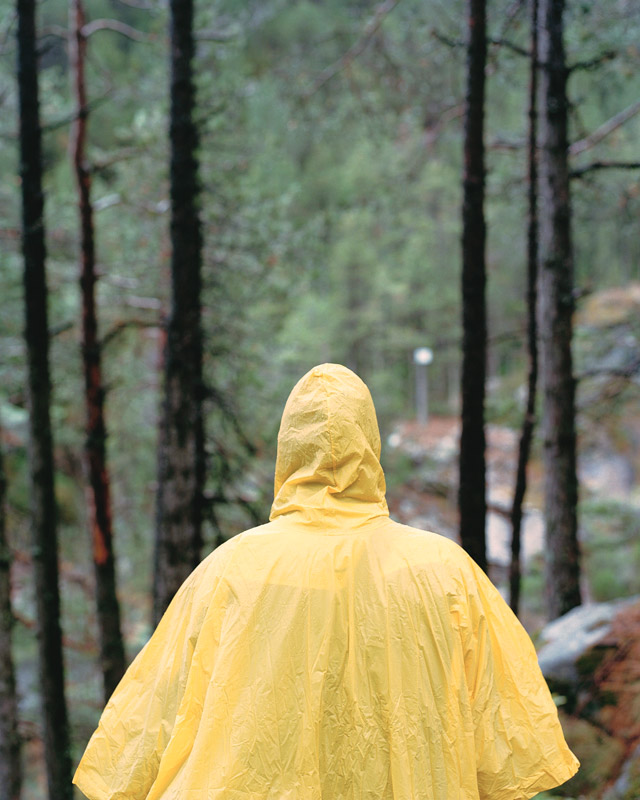 Alessandro Calabrese, from the series Thoreau, 2012-2013, courtesy the artist
Alessandro Calabrese, from the series Thoreau, 2012-2013, courtesy the artist
Our horizon is never quite at our elbows.
Henry David Thoreau, Walden; Or, Life in the Woods, 1854
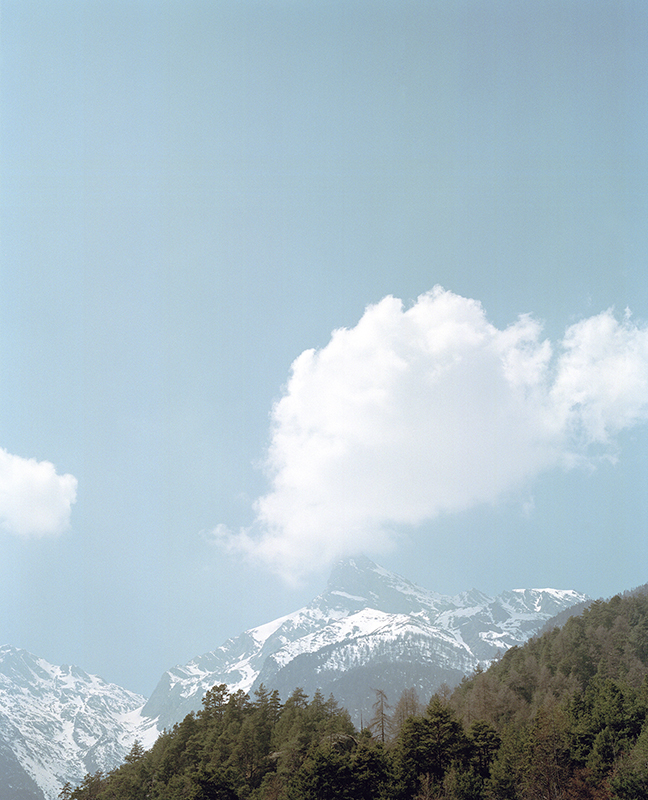 Alessandro Calabrese, from the series Thoreau, 2012-2013, courtesy the artist
Alessandro Calabrese, from the series Thoreau, 2012-2013, courtesy the artist
What everybody passes by as true today may turn out to be falsehood tomorrow, mere smoke of opinion, which some had trusted for a cloud that would sprinkle fertilizing rain on their fields.
Henry David Thoreau, Walden; Or, Life in the Woods, 1854
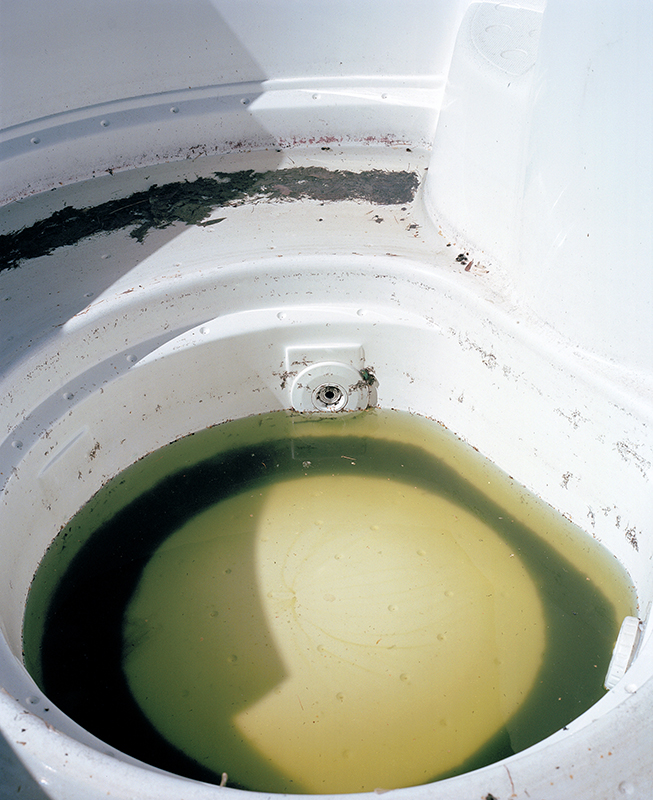 Alessandro Calabrese, from the series Thoreau, 2012-2013, courtesy the artist
Alessandro Calabrese, from the series Thoreau, 2012-2013, courtesy the artist
Why is it that a bucket of water soon becomes putrid, but frozen remains sweet forever? It is commonly said that this is the difference between the affections and the intellect.
Henry David Thoreau, Walden; Or, Life in the Woods, 1854
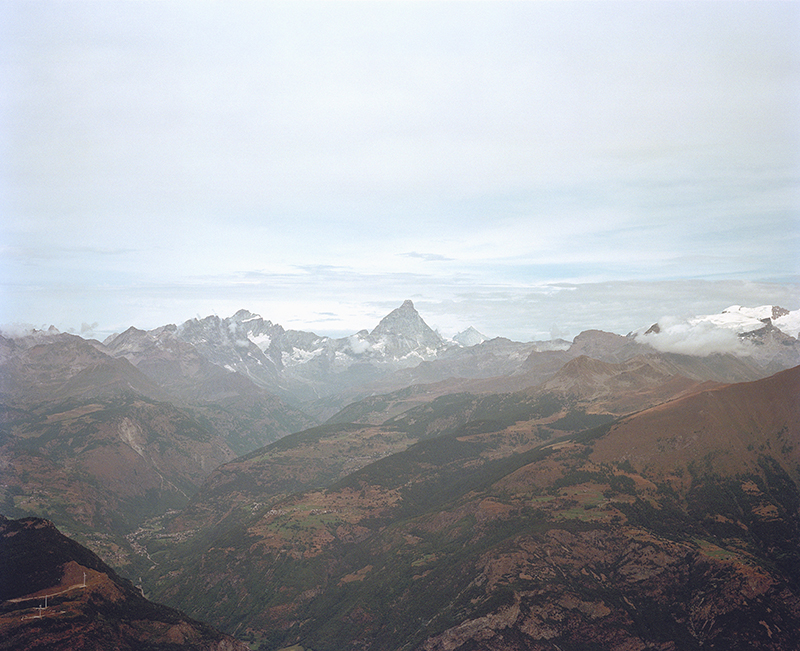 Alessandro Calabrese, from the series Thoreau, 2012-2013, courtesy the artist
Alessandro Calabrese, from the series Thoreau, 2012-2013, courtesy the artist
At the same time that we are earnest to explore and learn all things, we require that all things be mysterious and unexplorable, that land and sea be infinitely wild, unsurveyed and unfathomed by us because unfathomable. We can never have enough of nature. We must be refreshed by the sight of inexhaustible vigor, vast and titanic features, the sea-coast with its wrecks, the wilderness with its living and its decaying trees, the thunder-cloud, and the rain which lasts three weeks and produces freshets. We need to witness our own limits transgressed, and some life pasturing freely where we never wander.
Henry David Thoreau, Walden; Or, Life in the Woods, 1854
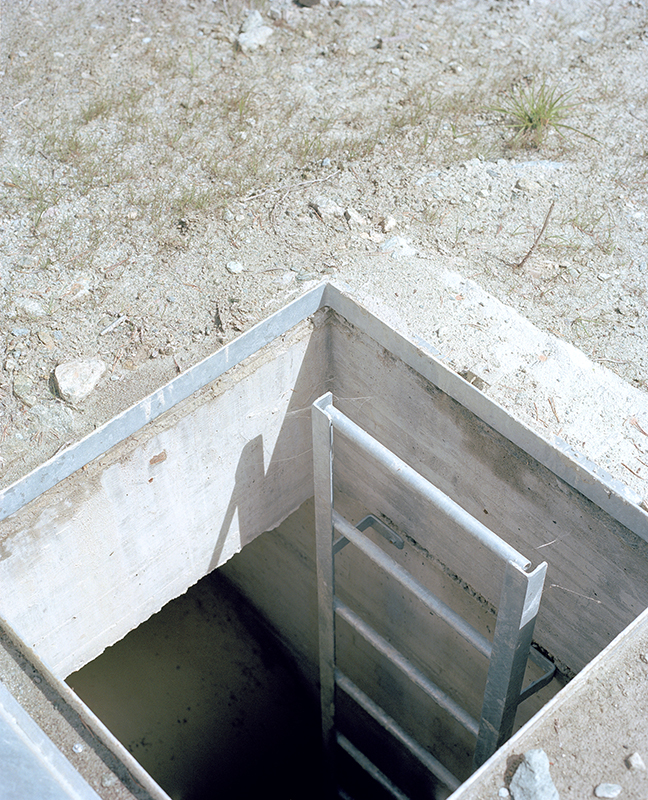 Alessandro Calabrese, from the series Thoreau, 2012-2013, courtesy the artist
Alessandro Calabrese, from the series Thoreau, 2012-2013, courtesy the artist
The universe is wider than our views of it.
Henry David Thoreau, Walden; Or, Life in the Woods, 1854